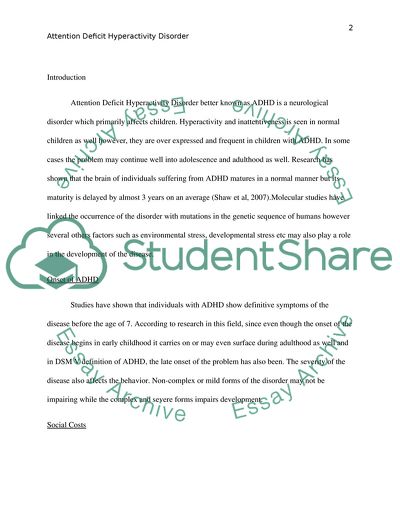Cite this document
(Attention Deficit Hyperactivity Disorder Literature review Example | Topics and Well Written Essays - 2250 words - 7, n.d.)
Attention Deficit Hyperactivity Disorder Literature review Example | Topics and Well Written Essays - 2250 words - 7. https://studentshare.org/education/1811467-attention-deficit-hyperactivity-disorder
Attention Deficit Hyperactivity Disorder Literature review Example | Topics and Well Written Essays - 2250 words - 7. https://studentshare.org/education/1811467-attention-deficit-hyperactivity-disorder
(Attention Deficit Hyperactivity Disorder Literature Review Example | Topics and Well Written Essays - 2250 Words - 7)
Attention Deficit Hyperactivity Disorder Literature Review Example | Topics and Well Written Essays - 2250 Words - 7. https://studentshare.org/education/1811467-attention-deficit-hyperactivity-disorder.
Attention Deficit Hyperactivity Disorder Literature Review Example | Topics and Well Written Essays - 2250 Words - 7. https://studentshare.org/education/1811467-attention-deficit-hyperactivity-disorder.
“Attention Deficit Hyperactivity Disorder Literature Review Example | Topics and Well Written Essays - 2250 Words - 7”. https://studentshare.org/education/1811467-attention-deficit-hyperactivity-disorder.


